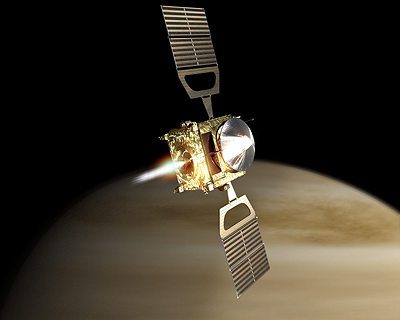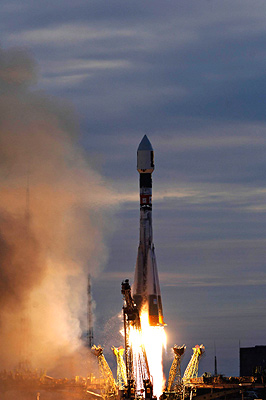The purpose of the probe's mission is to shed new light on our planet's nearest neighbor in the solar system

The European spacecraft Venus Express was successfully launched early on November 9 from Baikonur, Kazakhstan, on its way to the planet Venus. The purpose of the probe's mission is to shed new light on our planet's nearest neighbor in the solar system. This is the first spacecraft launched by Europa towards Venus.
From the space center in Darmstadt, Germany, the European Space Agency said that the probe, which weighs 1.3 tons, was launched on a Soyuz rocket at 03:33 GMT (05:33 Israel time), about two weeks after the original date. The reason for the rejection is dirt that was discovered on the spacecraft while it was being prepared for launch. In any case, the launch window, before Venus "runs away" to the spacecraft, is open until the end of November, so this is not a serious problem. We can only hope that the spacecraft's instruments are not damaged and that it will carry out its scientific mission.

Venus Express will make its way to Venus in about 163 days, and once caught in its gravity, it will begin circling the planet and analyzing its atmosphere and clouds. Among the mysteries this mission should hopefully solve is why the star, which is very similar to Earth in size, mass and composition, has evolved so differently over the past 4,600 million years.
The "Venus Express" is a slightly different version of the European probe "Mars Express", which has been providing spectacular images of Mars since the end of 2003.
As you may remember, the greenhouse effect was first discovered on Venus, which raised the temperature on the surface of the planet to an unbearable level of 500 degrees. Scientists, including the late astronomer Carl Sagan, who feared that this might also happen on Earth, began to warn about it in the seventies. Among other things, this led to the signing of the Kyoto Convention to reduce carbon dioxide emissions.
